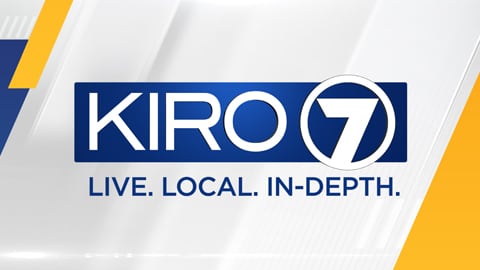Seattle is packed with a constantly evolving gamut of sights. In a city that has hosted two World Fairs, there are plenty of legacy buildings dotted around crowned by the iconic Space Needle. In the Needle’s shadow – and imbued with the ghostly legacy of two locally produced left-handed guitarists (Hendrix and Cobain) – lies one of the best rock-and-roll emporiums in North America.
Seattle also has a strong art tradition captured in a quartet of first-class art museums. Then there are the city parks, many of them veritable museums themselves, alive with trees, flowers and abundant Pacific Northwest vegetation. And all of that is leaving out the incredible Puget Sound and mountain vistas available throughout the city.
Here are some of our favorite things to do in Seattle.
Don’t skip Pike Place Market while you’re in Seattle ©Mark B. Bauschke/Shutterstock
1. Shop at Pike Place Market
Way more than just a market, 110-year-old Pike Place is a living community, a cabaret show, a way of life and an intrinsic piece of Seattle’s soul. Strolling through its clamorous, sometimes chaotic thoroughfares, you simply couldn’t be in any other city. There are fish that fly, shops that look like they’ve sprung from a Harry Potter movie, an art wall made out of chewing gum, and a multitude of lively old buskers jamming acoustic versions of Led Zeppelin songs outside the world’s oldest Starbucks. Pure magic.
2. Take a ride up the Space Needle
The city icon which is as synonymous with Seattle as the letters S-E-A-T-T-L-E was built for the 1962 World’s Fair, and in 2018 got a face-lift to bring it into a new era. Although it’s no longer Seattle’s tallest structure, one million annual visitors still squeeze into the Space Needle’s slick, speedy elevators to enjoy views that are best described as awesome. Granted, tickets are expensive and you’ll be elbow-to-elbow with tourists, but stop complaining and get in line: this is an essential Seattle pilgrimage.
3. Rock out at the Museum of Pop Culture
Paying homage to guitar-burning musical genius that was Jimi Hendrix, the architecturally bizarre Museum of Pop Culture is the brainchild of Microsoft co-founder Paul Allen. It’s an apt memorial to a region that has been a powerful musical innovator since the days of local boy Bing Crosby. Come and see the legends and how they were created, from Hendrix to Kurt Cobain, or experiment with your own riffs in the interactive Sound Lab. Bridging the gap between Nirvana Kurt and Captain Kirk is the on-site “Infinite Worlds of Science Fiction” exhibit, which is a little Star Trek meets Doctor Who.
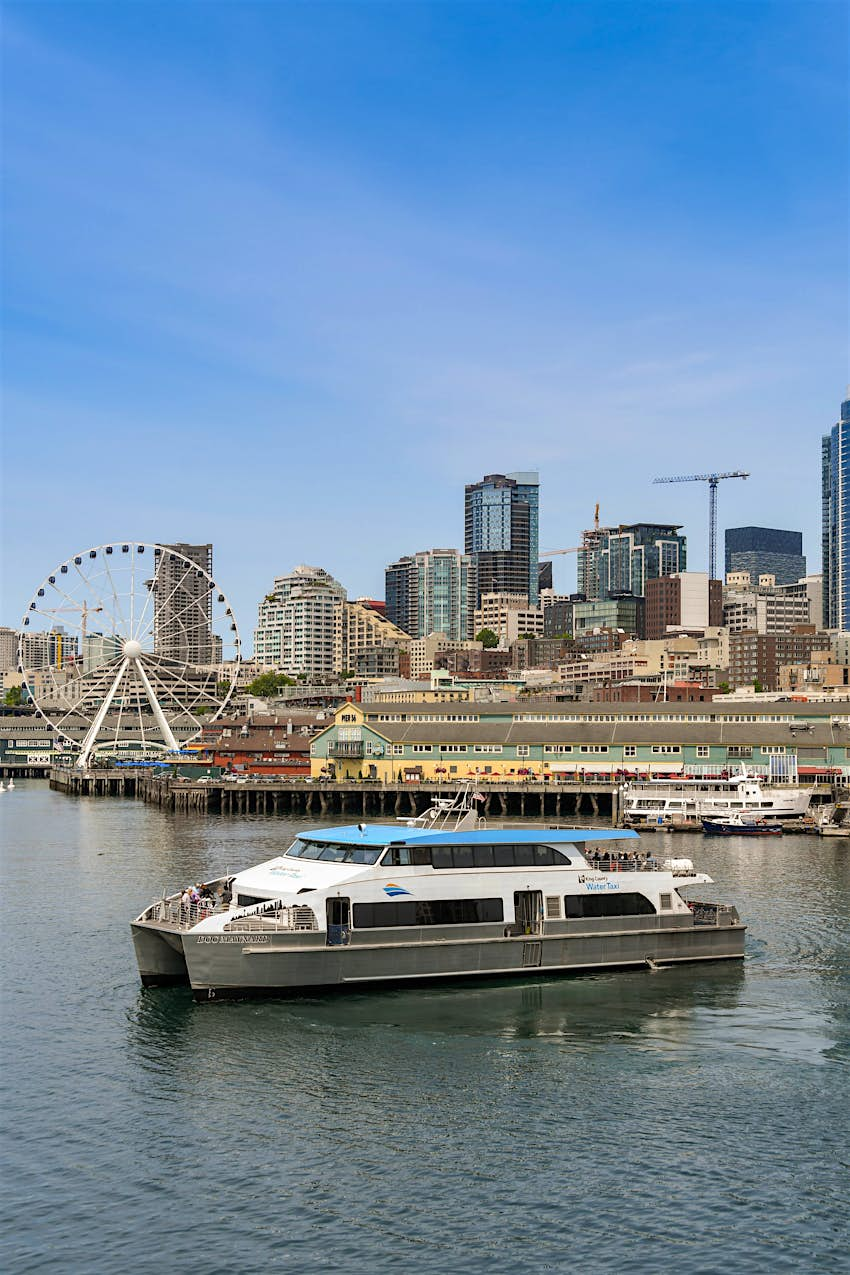 Water taxi ferry turning away from the pier as it departs Seattle to cross Puget Sound ©Ceri Breeze/Shutterstock
Water taxi ferry turning away from the pier as it departs Seattle to cross Puget Sound ©Ceri Breeze/Shutterstock
4. Ride the Puget Sound Ferries
Tap the average Seattleite about their most cherished weekend excursion and they could surprise you with a dark horse – a cheap and simple ride on the commuter ferry across Puget Sound to Bainbridge Island. There’s nothing quite like being surrounded by water and seeing Seattle’s famous skyline disappearing in the ferry’s foamy wake, the only commentary the cry of the seagulls and the only entertainment the comedic antics of escaping families bound for a day out on the nearby Olympic Peninsula.
5. Take in the public art
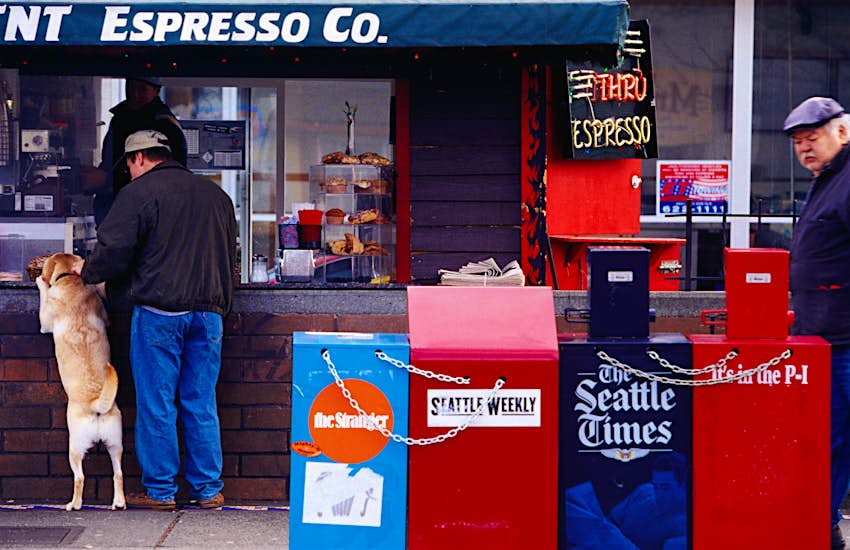 From sit-down coffee shops to affordable coffee stands like this one in Capitol Hill, there’s no doubt Seattle loves its beans ©Lawrence Worcester/Lonely Planet
From sit-down coffee shops to affordable coffee stands like this one in Capitol Hill, there’s no doubt Seattle loves its beans ©Lawrence Worcester/Lonely Planet
6. Sip in the coffee culture
Every rainy day in this city is just another opportunity to warm up with a cup of joe. Seattle practically invented modern North American coffee culture, thanks to a small store in Pike Place Market that went global: Starbucks. But, while the rest of the world has been quick to lap up the green mermaid logo, Seattle has moved on. Starbucks is merely the froth on the cappuccino in a city where hundreds of small-scale micro-roasteries, cafes, baristas and knowledgeable caffeine connoisseurs continue to experiment and innovate.
7. Dine in Belltown
Belltown, the high-spirited Seattle neighborhood where flannel-shirted grunge groupies once practiced their stage-dives, is now better known for its restaurants – cramming more than 100 of them into a strip abutting downtown. Considered a microcosm of Seattle’s gastronomic scene, this UN of food places a strong emphasis on “locavore” cuisine, showcasing ingredients from Seattle’s adjacent waters and farms. Look out for artisanal bakeries, sushi, creative pizzas, Basque-style tapas, Greek fusion, make-your-own poke bowls, seafood from Pike Place Market and homemade pasta, served around communal tables.
 A bronze statue of Jimi Hendrix stands in the Capitol Hill neighborhood ©Max Herman/Shutterstock
A bronze statue of Jimi Hendrix stands in the Capitol Hill neighborhood ©Max Herman/Shutterstock
8. Walk Capitol Hill
While other neighborhoods have their tourist shrines, Capitol Hill has its people and its micoculture – both thoroughly eclectic. Although the neighborhood has faced gentrification issues in recent years, its wonderfully offbeat soul is ever present. There are dive bars in old auto shops, cabaret venues where folks across the spectrum of gender and sexual identity perform to enthralled crowds, body-positive sex shops and enough vinyl records and books to make you think that Amazon.com never happened. Welcome to Seattle’s most colorful ‘hood. Visiting isn’t an option – it’s a duty.
9. Spend a day in Discovery Park
Seattle justifies its “Emerald City” moniker in the rugged confines of 534-acre Discovery Park, a one-time military installation reborn as a textbook example of urban sustainability. Speckled with Douglas fir trees, hunting eagles, log-littered beaches and wild meadows, it resembles a lonely tract of Pacific Northwestern wilderness picked up and dropped into the middle of a crowded metropolitan area. Come here for breathing space, coexistence with nature, and a chance to slow down and reflect on the magic that lured people to Seattle in the first place.
 Planes and a helicopter on display inside the Seattle Museum of Flight ©Norman Ong/Shutterstock
Planes and a helicopter on display inside the Seattle Museum of Flight ©Norman Ong/Shutterstock
10. Explore the Museum of Flight
Even people with absolutely no interest in aviation have been known to blink in quiet astonishment at the Museum of Flight, which tells the tale of how humankind got from the Wright Brothers to the first moon landing in less than 66 years. Get ready for an exciting jet-propelled journey through war, peace, space rockets and inspired engineering, eloquently related with the aid of film, words, flight simulators, famous decommissioned aircraft, and a man called William E Boeing, who transformed how we travel and the city of Seattle itself.
11. Cheers to the beer culture in Ballard
A one-time fishing village founded by Nordic immigrants, the Ballard neighborhood has been reincarnated as Seattle’s beer capital with enough bars in its own right to satisfy a city. Boldly experimental, Ballard’s small breweries concoct big flavors that are served in a cornucopia of drinking establishments. There are nano-breweries, brewpubs, old-school biker hangouts, tasting rooms, whiskey bars, sports bars, dives peddling rock, and bars with book corners. Bonus: once you’re done with the booze, you can immerse yourself in Ballard’s unique Nordic Museum and a necklace of waterside parks.
12. Nordic Museum
Reason alone to come to Ballard – if the culinary scene and waterside parks weren’t enough – is this delightful surprise of a museum dedicated to Nordic history and culture. In 2018 the museum upgraded in size from its original location in a historic schoolhouse to a newly constructed and fjord-inspired building. Its collections and temporary exhibits (usually an additional $5) represent a hugely accomplished collection of stories, artifacts and other assorted treasures from the recent and distant past.
Exhibits offer a fairly even showcase for each Nordic country: Norway, Sweden, Finland, Denmark and Iceland, as well as Nordic territories such as Greenland and the far northerly tribal lands of the Sámi people. Before its move the museum mostly focused on Nordic immigrant communities in the Ballard neighborhood and the rest of the Pacific Northwest and was called the Nordic Heritage Museum. Much of that information still remains in a large exhibit dedicated to Nordic immigration to the USA.
The museum also acts as a heritage center and has regular readings, events and temporary exhibitions from Nordic Americans in the Ballard/Seattle community. In August you can partake in the Nordic Sól festival, which happens all over Ballard, but is headquartered at the museum. There’s also a fabulous cafe on site.
 Lions loll about at Seattle’s Woodland Park Zoo ©Joseph Becker/Shutterstock
Lions loll about at Seattle’s Woodland Park Zoo ©Joseph Becker/Shutterstock
13. Check out the animals at the Woodland Park Zoo
In Woodland Park, up the hill from Green Lake Park, the Woodland Park Zoo is one of Seattle’s most popular tourist attractions. Consistently rated as one of the top 10 zoos in the country, it was one of the first in the nation to free animals from their restrictive cages in favor of ecosystem enclosures, where animals from similar environments share large spaces designed to replicate their natural surroundings.
Feature exhibits include a tropical rainforest, two gorilla exhibits, an African savanna and an Indian rhino reserve.
14. Take in the Seattle Art Museum
While not comparable with the big guns in New York and Chicago, Seattle Art Museum is no slouch. Always re-curating its art collection with new acquisitions and imported temporary exhibitions, it’s known for its extensive Native American artifacts and work from the local Northwest school, in particular by Mark Tobey (1890–1976). Modern American art is also well represented, and the museum gets some exciting traveling exhibitions (including Yayoi Kusama’s infinity mirrors).
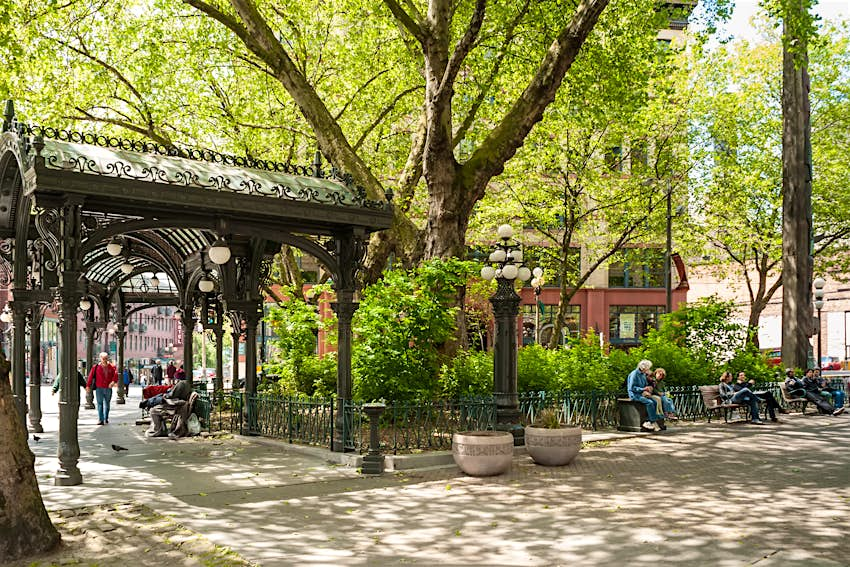 Iron Pergola on Pioneer Square in Seattle. Pioneer Square was city center where founders settled in 1852; most of buildings on it burnt in 1889 great fire ©DeymosHR/Shutterstock
Iron Pergola on Pioneer Square in Seattle. Pioneer Square was city center where founders settled in 1852; most of buildings on it burnt in 1889 great fire ©DeymosHR/Shutterstock
15. Wander around the Pioneer Square Historical District
Many important architectural heirlooms are concentrated in Pioneer Square, the district that sprang up in the wake of the 1889 Great Fire. Instantly recognizable by its handsome redbrick buildings, the neighborhood’s predominant architectural style is Richardsonian Romanesque, strongly influenced by America’s Chicago School.
16. Experience Klondike Gold Rush National Historical Park
Eloquently run by the US National Park Service, this wonderful museum has exhibits, photos and news clippings from the 1897 Klondike gold rush, when a Seattle-on-steroids acted as a fueling depot for prospectors bound for the Yukon in Canada. Entry would cost $20 anywhere else; in Seattle it’s free!
The best aspect of the museum is its clever use of storytelling. At the outset you are introduced to five local characters who became stampeders (Klondike prospectors) in the 1890s, and you’re then invited to follow their varying fortunes and experiences periodically throughout the rest of the museum. Sound effects and interactive exhibits are used to good effect.
The museum, which opened in 2006, is housed in the old Cadillac Hotel (built in 1889), rescued from a grisly fate after nearly being toppled in the 2001 Nisqually earthquake.
 Enjoy boating activities on Lake Union, then check out the Museum of History and Industry in South Lake Union. ©Trish Jose/Shutterstock
Enjoy boating activities on Lake Union, then check out the Museum of History and Industry in South Lake Union. ©Trish Jose/Shutterstock
17. Have some fun at Lake Union
Unifying Seattle’s various bodies of water, freshwater Lake Union was carved by glacial erosion 12,000 years ago. Native American Duwamish tribes once subsisted on its then-isolated shores, but 21st-century Lake Union is backed by densely packed urban neighborhoods and is linked to both Lake Washington and Puget Sound by the Lake Washington Ship Canal (built as part of a huge engineering project in the 1910s).
Not surprisingly, the lake is a nexus for water-sports enthusiasts – you’ll regularly see kayakers, rowers and sailboats negotiating its calm-ish teal waters. It also acts as a runway for seaplanes.
18. Travel through time at the Museum of History and Industry
Almost everything you need to know about erstwhile Seattle is crammed into the refurbished Museum of History & Industry, the centerpiece of Lake Union Park in the emerging South Lake Union neighborhood. In operation since the early 1950s, and with an astounding archive of over four million objects to draw upon, MOHAI displays its rich stash of historical booty in an impressively repurposed naval armory building. If only school history lessons could’ve been this riveting!
19. See a show at the Langston Hughes Performing Arts Center
This Byzantium Revival building began life in 1915 as a synagogue for a congregation of Orthodox Jews. By 1969 the demographics of the neighborhood had changed and the building was reintroduced as the Langston Hughes Performing Arts Center and was operated by the city’s parks and rec department. More recently, the newly formed nonprofit LANGSTON organization has taken over programming events in the space.
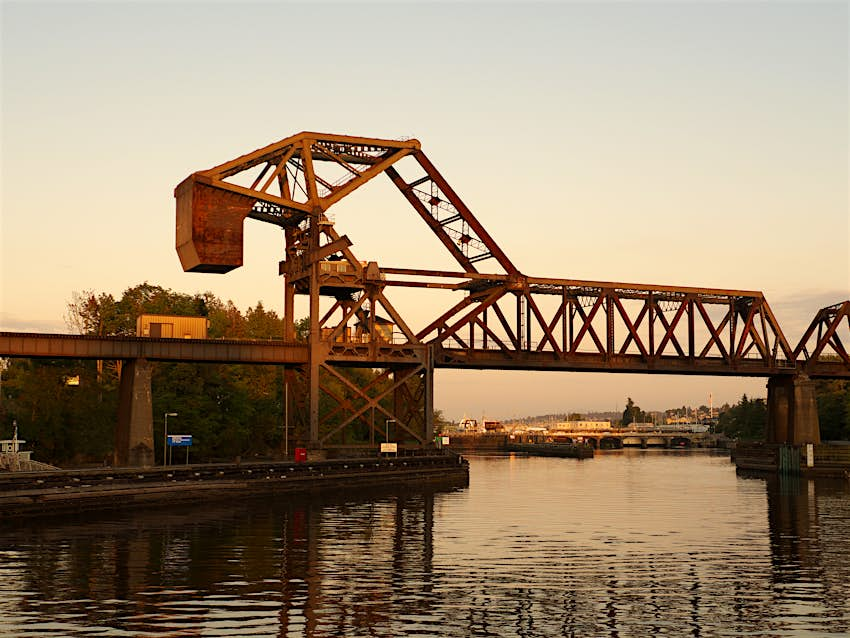 At Hiram M. Chittenden Locks, the fresh waters of Lake Washington and Lake Union drop 22ft into saltwater Puget Sound ©Moelyn Photos/Getty Images
At Hiram M. Chittenden Locks, the fresh waters of Lake Washington and Lake Union drop 22ft into saltwater Puget Sound ©Moelyn Photos/Getty Images
20. Visit the Hiram M Chittenden Locks
Seattle shimmers like an impressionist painting on sunny days at the Hiram M Chittenden Locks. Here, the fresh waters of Lake Washington and Lake Union drop 22ft into saltwater Puget Sound. You can stand inches away and watch the boats rise or sink (depending on direction). Construction of the canal and locks began in 1911; today 100,000 boats pass through them annually.
Located on the southern side of the locks, a fish ladder was built in 1976 to allow salmon to fight their way to spawning grounds in the Cascade headwaters of the Sammamish River, which feeds Lake Washington. Keep an eye out for the migrating salmon during spawning season (mid-June to September). Nets keep them from over-leaping and stranding themselves on the pavement. Meanwhile, sea lions chase the fish as they attempt to negotiate the ladder. Displays near the fish-ladder windows help you identify the various species.
At the northern entrance to the lock area is the Carl English Jr Botanical Gardens, a charming arboretum and specimen garden. Trails wind through beds filled with flowers and mature trees, each labeled. Flanking the gardens is a visitor center containing a small museum documenting the history of the locks.
21. Bike through Colman Park
Head south along Lake Washington Blvd E through the very upscale Madrona Park neighborhood and you’ll end up at Colman Park. The entire lakefront stretch between here and Seward Park is parkland. This is an especially good area for cycling. On the weekends the boulevard is closed to cars.
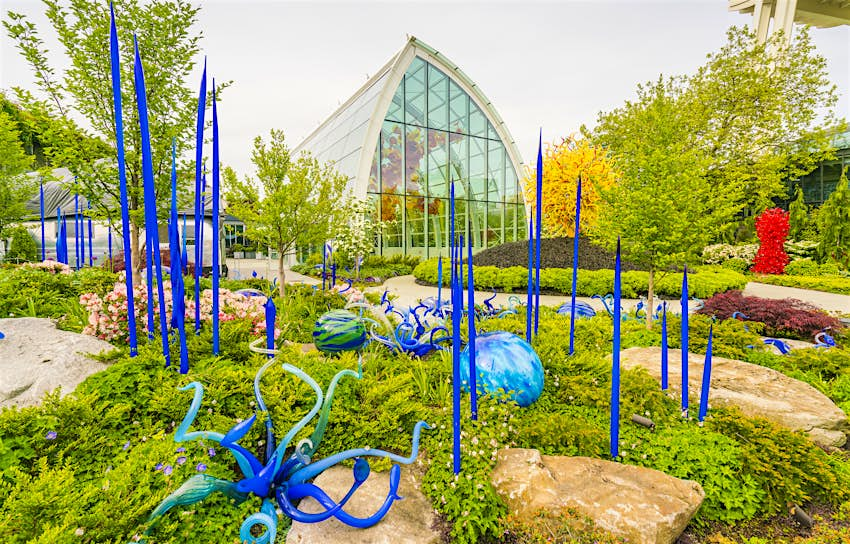 Blown glass in abstract shapes in red and yellow at Chihuly Garden and Glass Museum in Seattle, Washington -for editorial ©Checubus/Shutterstock
Blown glass in abstract shapes in red and yellow at Chihuly Garden and Glass Museum in Seattle, Washington -for editorial ©Checubus/Shutterstock
22. See a demonstration at Chihuly Garden & Glass
Opened in 2012 and reinforcing Seattle’s position as a leading city of the arts, this exquisite exposition of the life and work of dynamic local sculptor Dale Chihuly is possibly the finest collection of curated glass art you’ll ever see. It shows off Chihuly’s creative designs in a suite of interconnected dark and light rooms before depositing you in an airy glass atrium and – finally – a landscaped garden in the shadow of the Space Needle. Glassblowing demonstrations are a highlight.
23. Take a stroll Green Lake Park
A favorite hunting ground for runners, personal trainers and artistically tattooed sunbathers, scenic Green Lake Park surrounds a small natural lake created by a glacier during the last ice age. The paths that wind around the lake are usually well used by those on foot and wheels of every variety, and make for some of the best people- (and dog-) watching in the city.
In the early 1900s, city planners lowered the lake’s water level by 7ft, increasing the shoreline to preserve parkland around the lake. After the lowering, however, Ravenna Creek, which once fed the lake, no longer flowed through. Green Lake became stagnant and filled with stinky green algae. Massive dredging efforts to keep it navigable continue, although the lake remains prone to algae blooms.
Get more travel inspiration, tips and exclusive offers sent straight to your inbox with our newsletter.
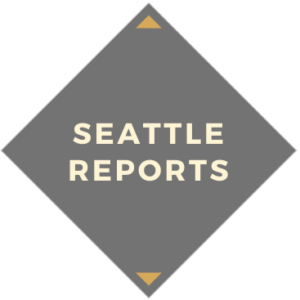

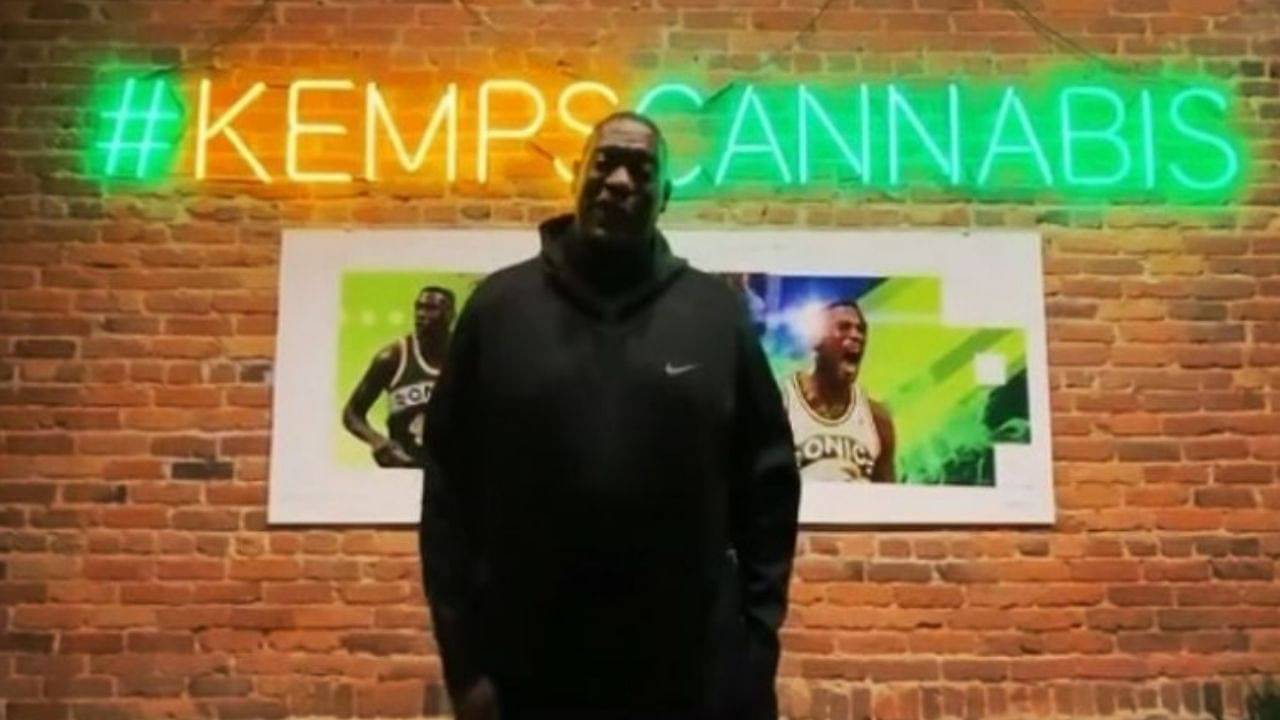
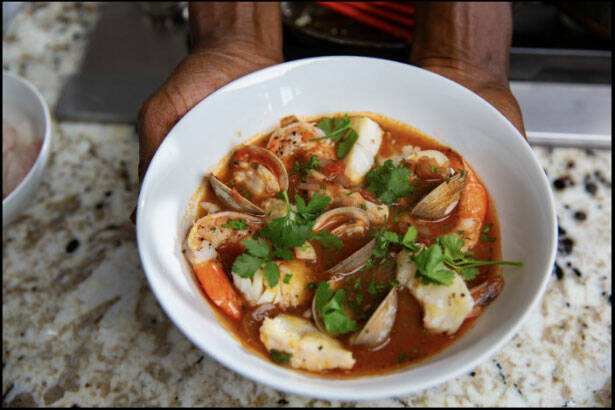


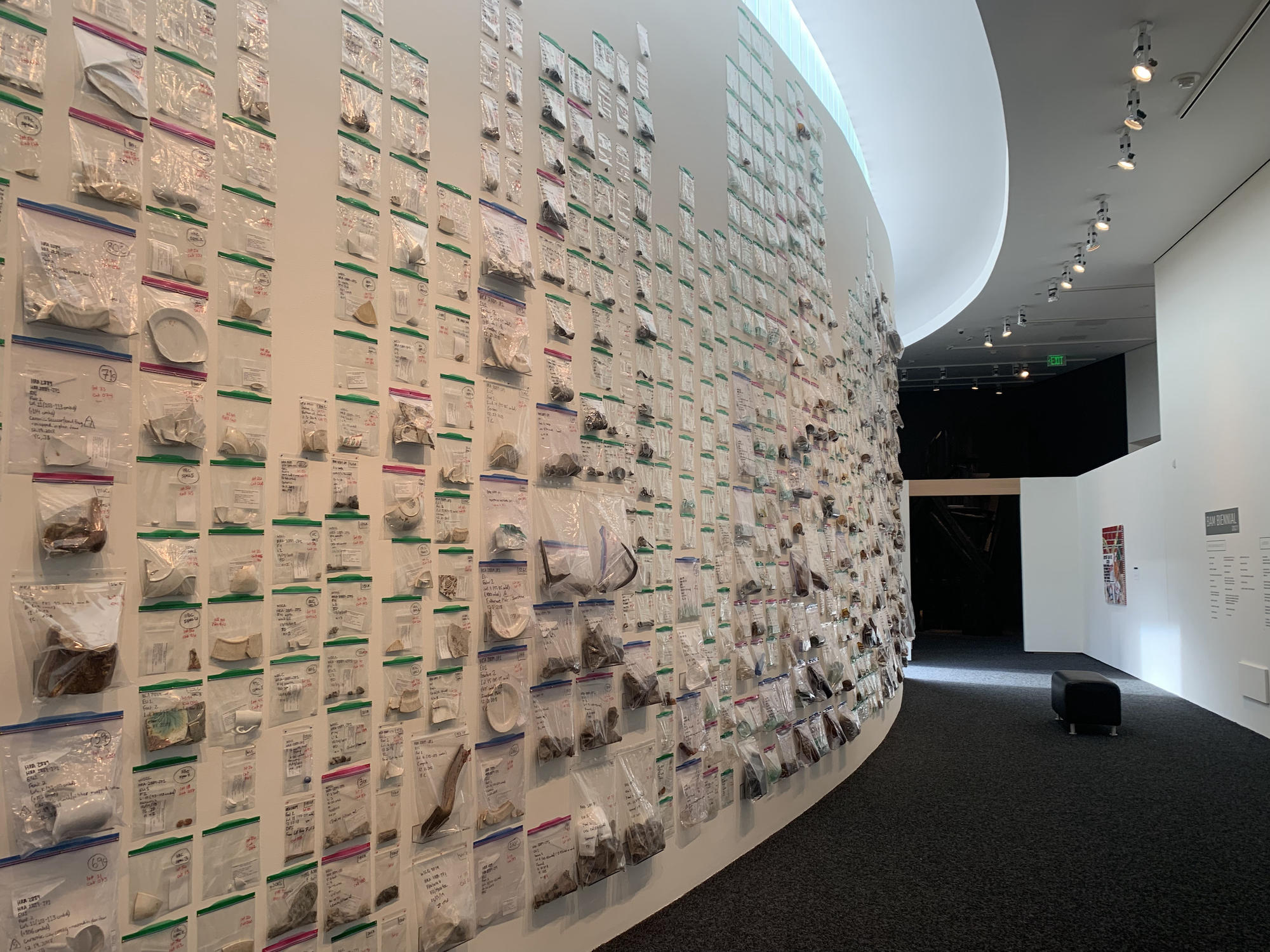
:quality(70)/cloudfront-us-east-1.images.arcpublishing.com/cmg/BPEI2QQ76SHPPOW6X6A6WHEGX4.jpg)
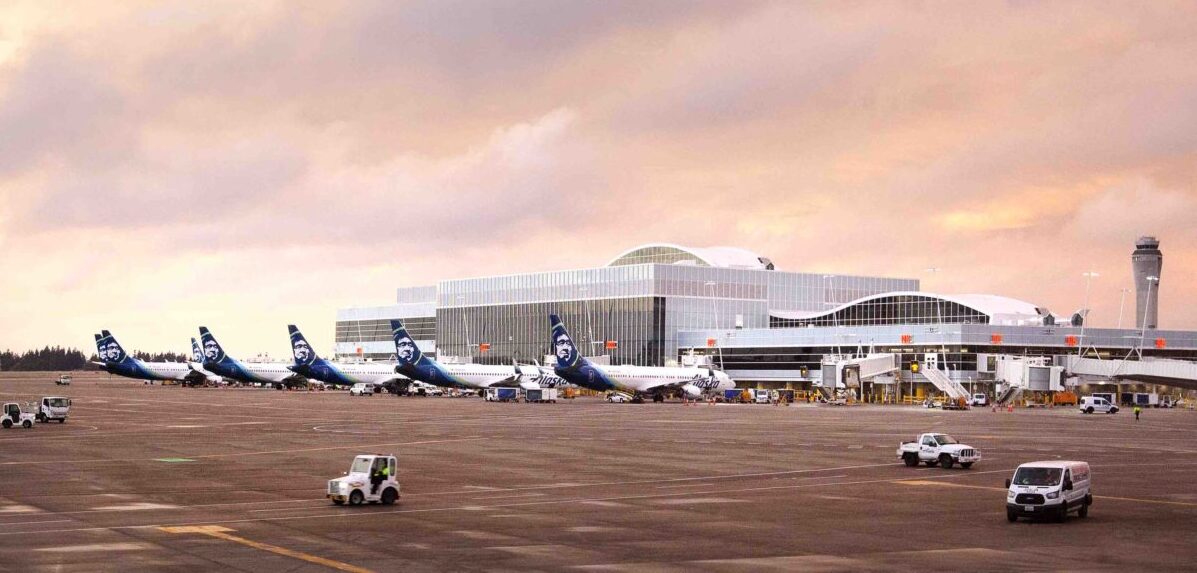

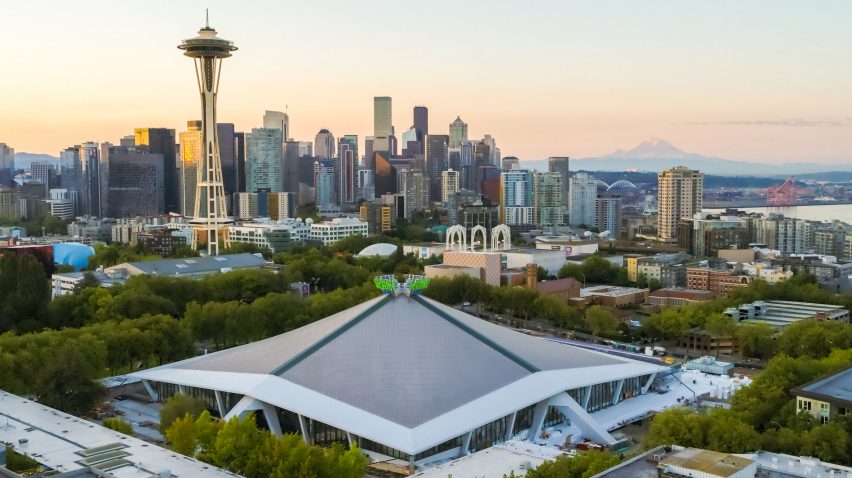

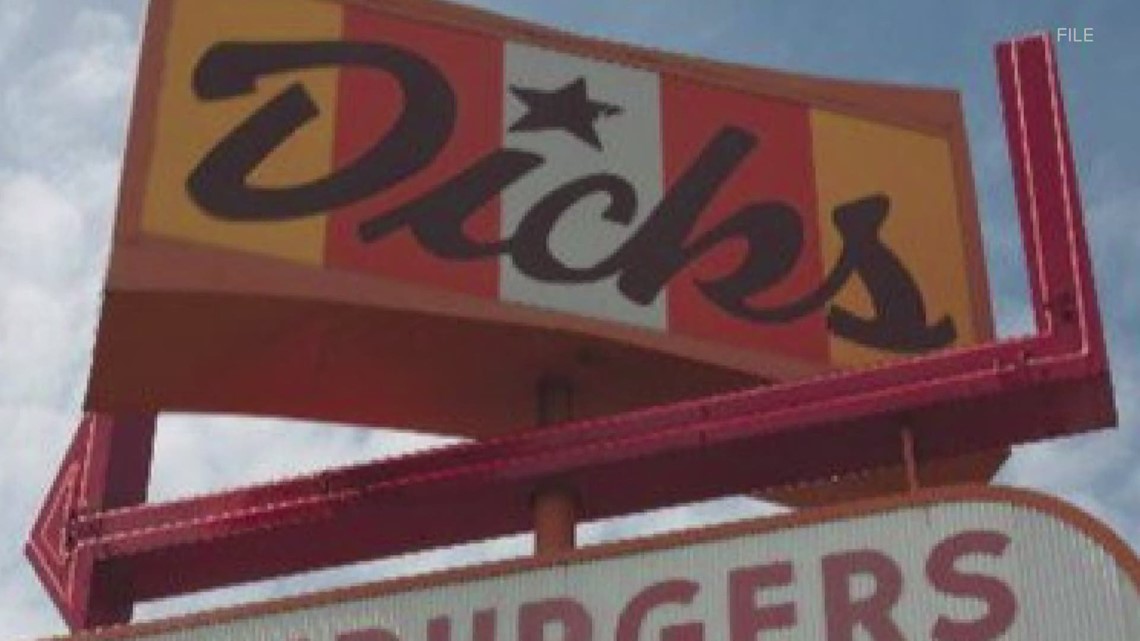
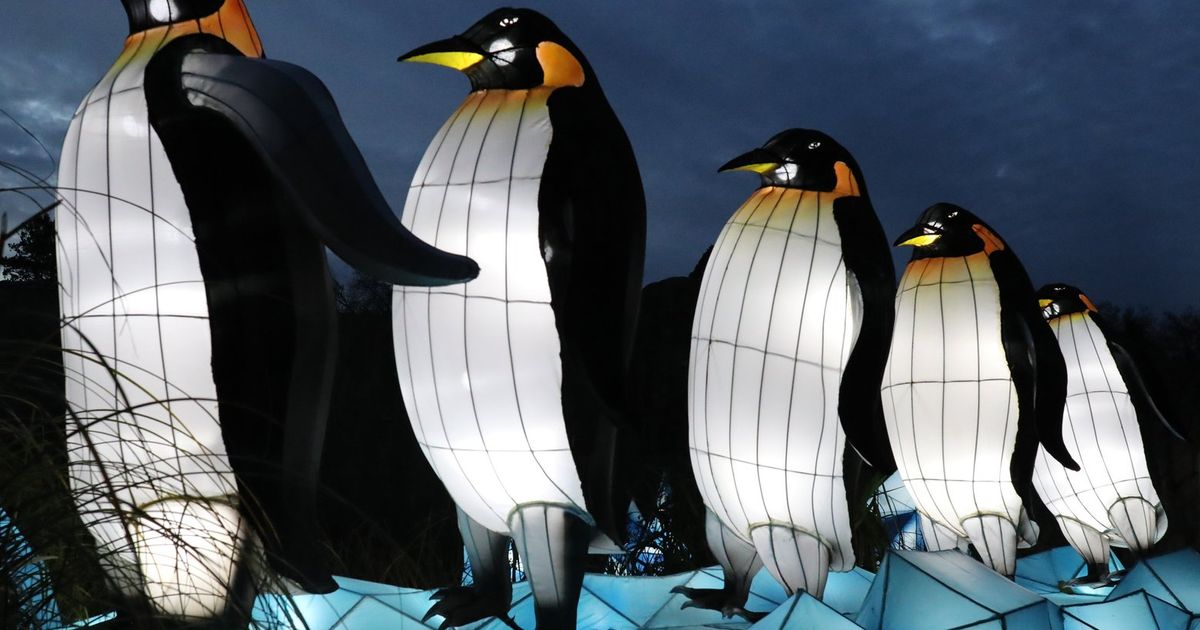
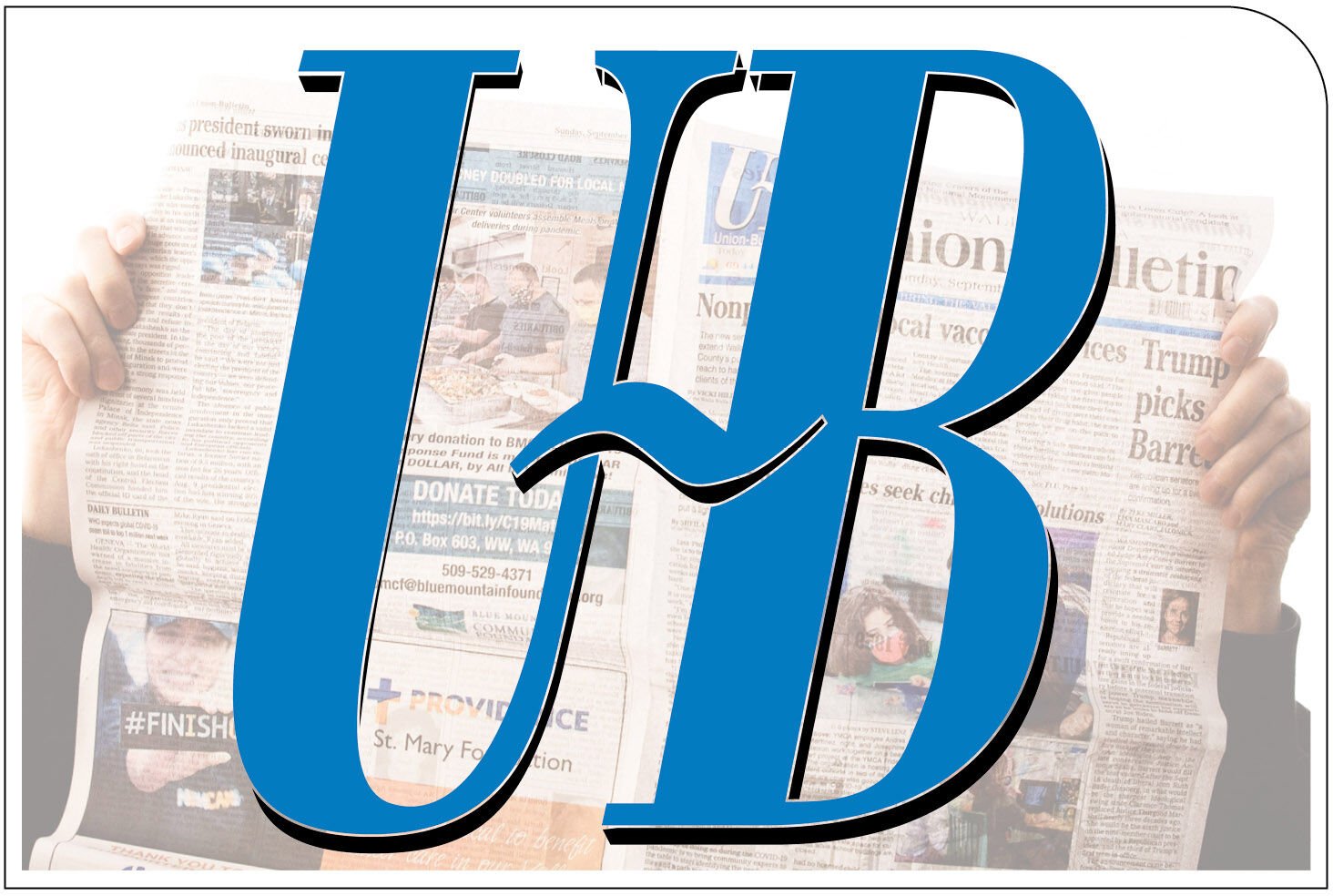






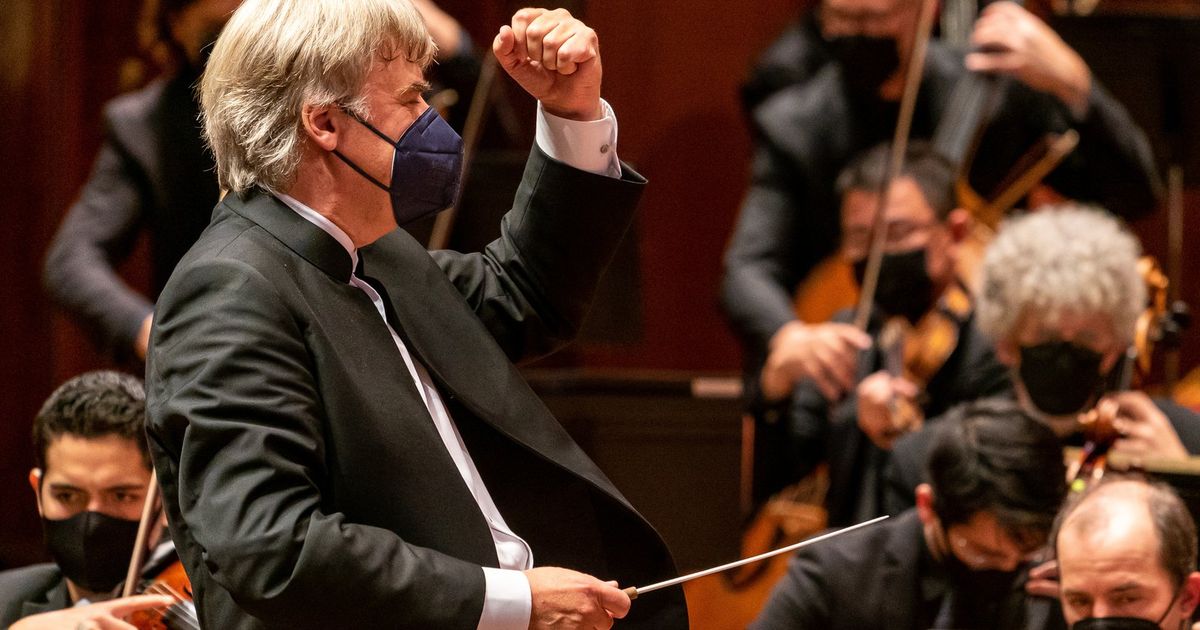
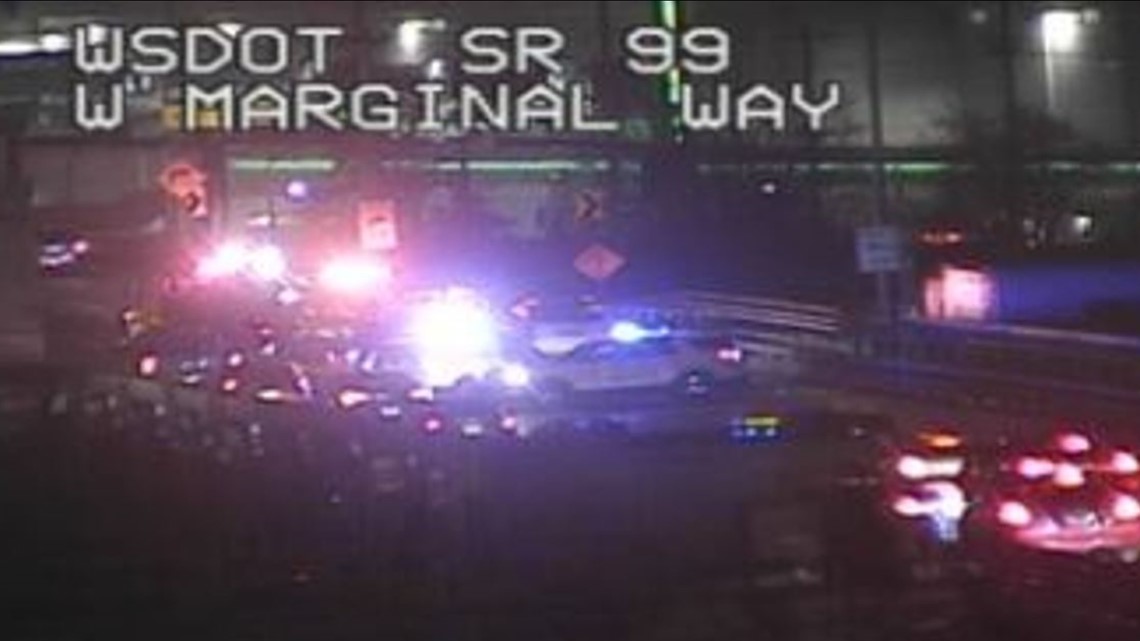

:quality(70)/cloudfront-us-east-1.images.arcpublishing.com/cmg/GLQND2AXQQO2G4O6Q7SICYRJ4A.jpg)


